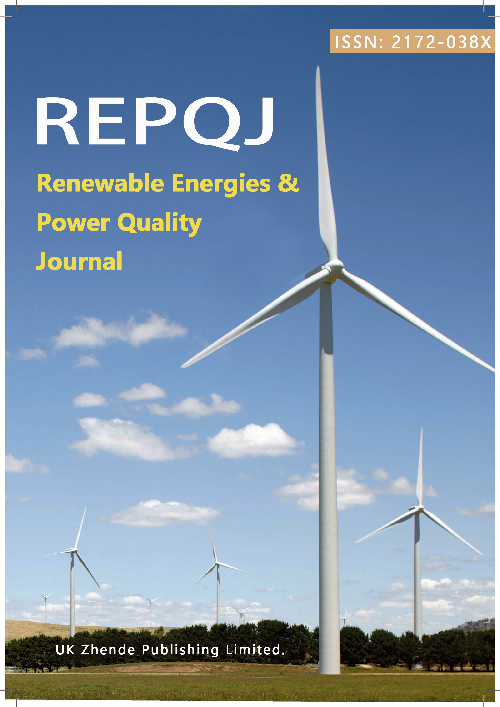Savonius Turbine Pitch Control with IoT Philosophy
DOI:
https://doi.org/10.52152/4556Keywords:
Savonius Turbine, Hydrokinetic, Kinetic, Pitch Contorl, MPPT ControlAbstract
Renewable energies have experienced a great growth in recent years, thanks to their versatility and low environmental impact, and supported by progress in electronic, mechanical, control and systems engineering. This work reports the theoretical study, development and implementation of an adjustable Savonius rotor. The design of the turbine will allow the regulation of the position of the blades on the axial axis. This will allow the turbine to always extract the maximum power, regardless of wind speed. The work is divided into the following parts: A first stage where the mechanical system that will allow the regulation of the position of the blades will be developed. In the second part, a permanent magnet generator will be selected according to the speed and torque characteristics of the rotor. The third part will study the power topology and the control to be used for energy extraction always working at the maximum power point (MPPT). The last part of the work will consist in adding sensors to the whole system so that we can control all the rotor variables: wind speed, voltage, current, etc. In this last part, we will also capture, store and process the variable of the system to be designed using IoT sensors using the MQTT protocol. The article will be complemented with a section in which the results of the work will be collected as well as future proposals for improvement.
Downloads
Published
Issue
Section
License
Copyright (c) 2025 Mallada-Fernández Daniel, Fernández-Jiménez Aitor, Padilla-Fernández Pelayo, Quintana-Barcia Pablo José, Rico-Secades Manuel, Calleja Antonio-Javier (Author)

This work is licensed under a Creative Commons Attribution 4.0 International License.











